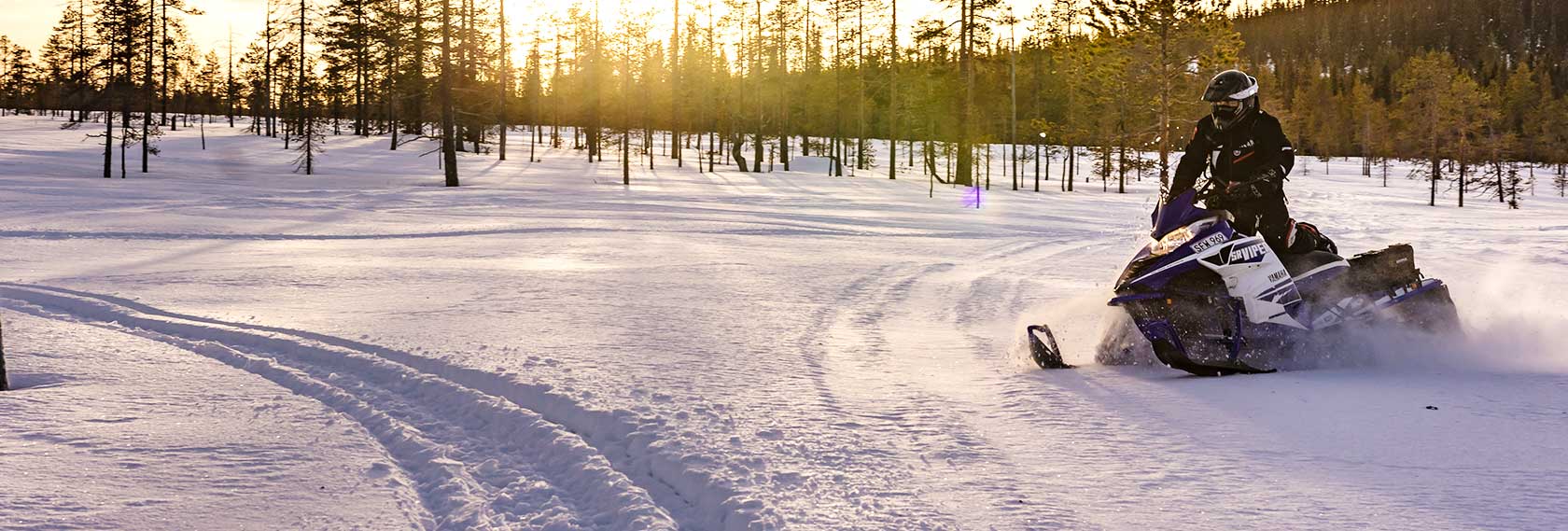

Ski-Doo started their 2015 launch by announcing the second generation of their Response Angle Suspension (RAS 2) front suspension. The aluminum spindle is slightly taller, under a half-inch, but better matches the rMotion rear suspension in rough conditions.
The new spindle and thin wall chromoly tubing saves almost two pounds of unsprung weight on the new front a-arm suspension, further stabilizing the sled in the bumps and delivers flatter cornering by limiting camber changes.
The big bump RAS 2 suspension will be available on the MX Z line as well as the Renegade and Backcountry models and the T-3 equipped Summits.
Those looking for the ultimate big bump sleds will be drawn to the X-RS versions of the MX Z and Renegade. The racer-like versions have reinforced aluminum chassis with wider running boards and KYB Pro 40 clicker shocks.
The spring order only MX Z X-RS gives you a choice of either a 15 x 120 by 1.25 inch RipSaw or the Ice Ripper XT track. The rMotion Quick Adjust system is also an option.
The Renegade X-RS can be spring ordered with a 15 x 137 by 1.25 inch Ice Ripper or a 1.5-inch RipSaw along with the rMotion Quick Adjust system.
Ski-Doo introduced the baddest mountain track ever to be delivered from a manufacturer. The T3-equipped Summit X churns a 174 inches monster track with 3-inch paddles. There’s also a host of new technologies and weight-saving efforts, including longer chaincase, redesigned muffler, revised cooling system, Pilot DS 3 skis and tMotion rear suspension improvements.
The light throttle pull of the intelligent Throttle Control (iTC) system on the 900 ACE will be standard on all 600 ACE sleds. Sport, Standard and Eco modes and the programmable learning key technology will come along for the ride. A new adjustable throttle lever can be rotated on the handlebar, allowing traditional thumb pressure or the pull of a finger, like a brake lever.
Ski-Doo’s Digitally Encoded Security System now snaps in place via a magnet, not unlike the power cord of a Mac laptop. No more wiggling to stop the beeps. The RF DESS uses radio frequency technology to communicate with the sled for more reliable contact.
Find out more at SkiDoo.com